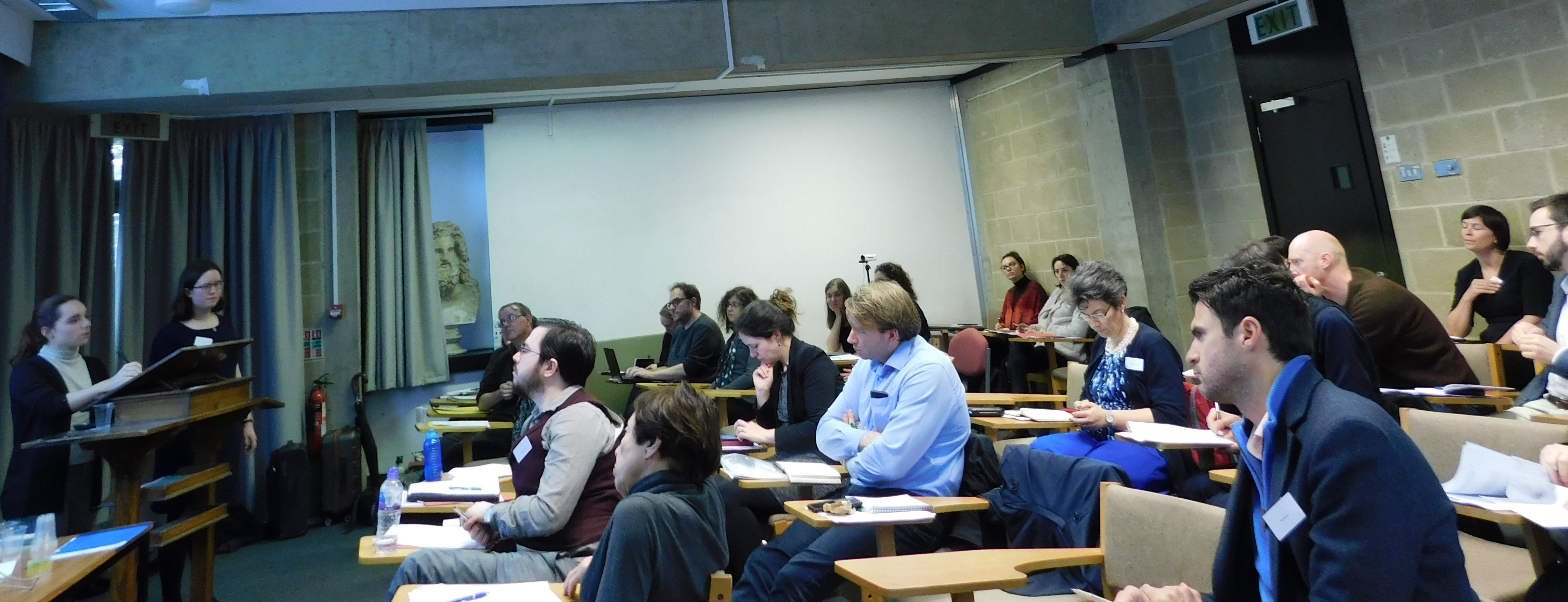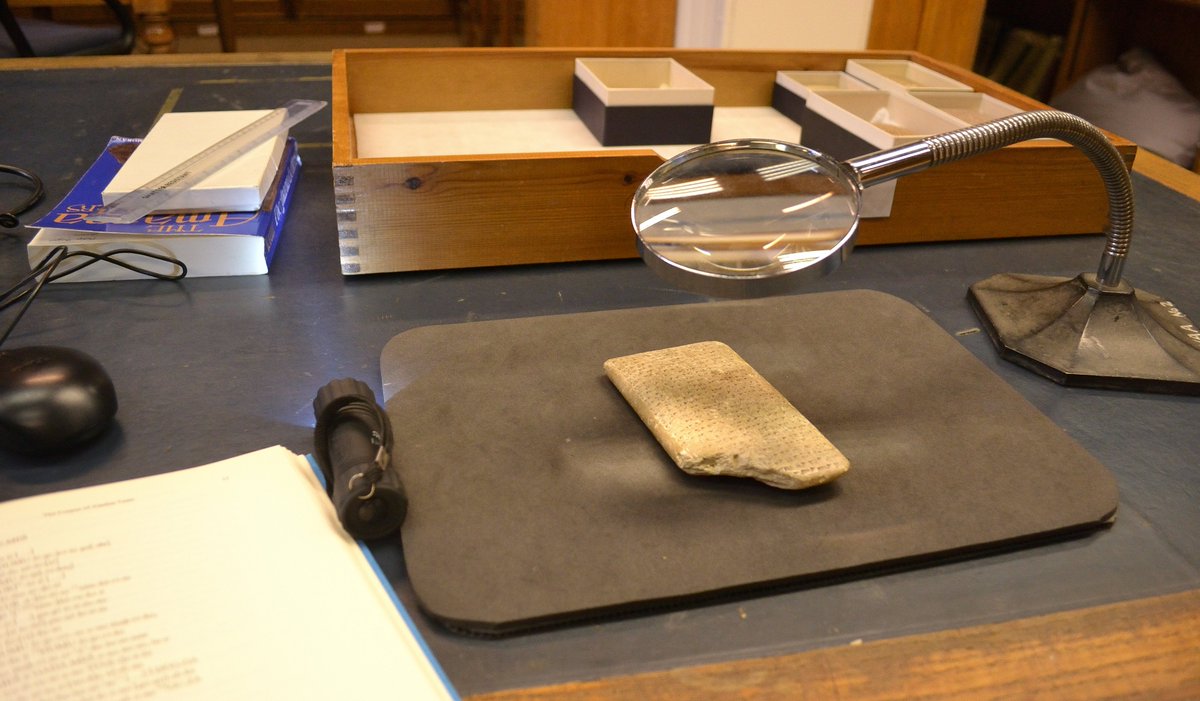
How does writing work as a part of society and culture? That was the question I set out to address when I joined CREWS in 2016. It’s not a complete question, though. Society and culture are specific things, particular to a given place at a given time. No two societies operate in the same way, and culture is arguably even more prone to differences, not just by time and society, but even within societies themselves. As long-term followers of this blog will know, my specific case study has been the kingdom of Ugarit, a small but important Syrian trading power in the fourteenth to twelfth centuries BC. Now, after four years of research, I’ve finally been able to offer up some answers in the form of a book, Script and Society: The Social Context of Writing Practices in Late Bronze Age Ugarit, just published by Oxbow books.
Since excavations began over 90 years ago, Ugarit has been an extremely important site in Near Eastern studies because of its large corpus of surviving clay tablets. Many of these are written in the Akkadian language and the logosyllabic cuneiform script that was used across much of the Near East and East Mediterranean in this period. However, just over half the tablets from Ugarit are written in a different script and language: an alphabetic form of cuneiform used to write the local Ugaritic language. In addition, there are relatively small collections of written material in other scripts and languages such as Egyptian hieroglyphs and Cypro-Minoan.
Continue reading “Script and Society: The Social Context of Writing Practices in Late Bronze Age Ugarit”







 CREWS had its own event on Friday 19th October as part of an evening of fun in the Museum of Classical Archaeology (AKA the Cast Gallery) at the Faculty of Classics: Raiders of the Secret Scripts, mostly aimed at an adult audience. Philip and Rob were on hand to guide people through an exercise in reading Ugaritic cuneiform, while anyone interested in Linear B could try their hand at counting animals in a clay tablet, with me and our CREWS-friend colleague Dr Anna Judson there to help with the hard bits.
CREWS had its own event on Friday 19th October as part of an evening of fun in the Museum of Classical Archaeology (AKA the Cast Gallery) at the Faculty of Classics: Raiders of the Secret Scripts, mostly aimed at an adult audience. Philip and Rob were on hand to guide people through an exercise in reading Ugaritic cuneiform, while anyone interested in Linear B could try their hand at counting animals in a clay tablet, with me and our CREWS-friend colleague Dr Anna Judson there to help with the hard bits.


